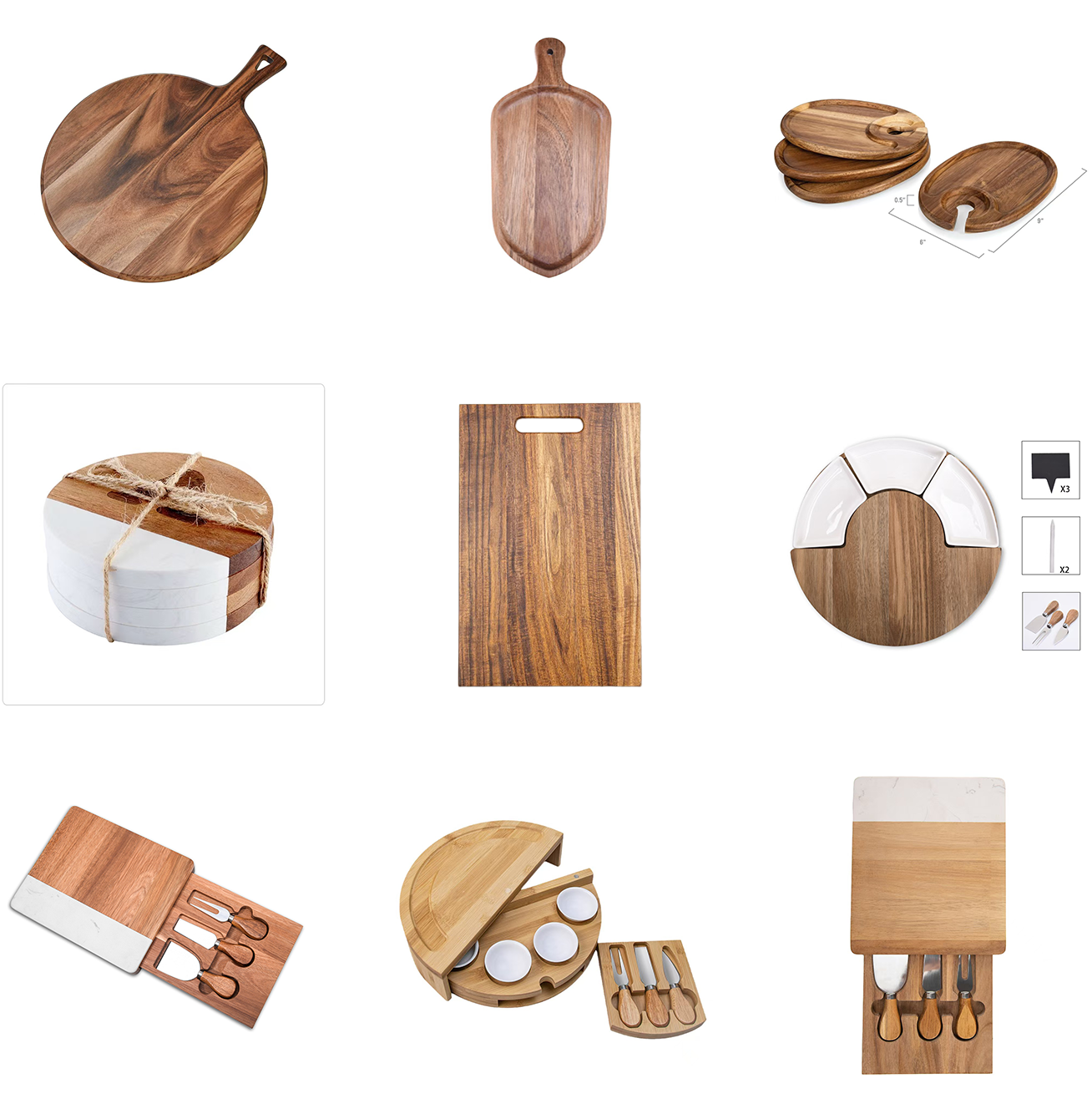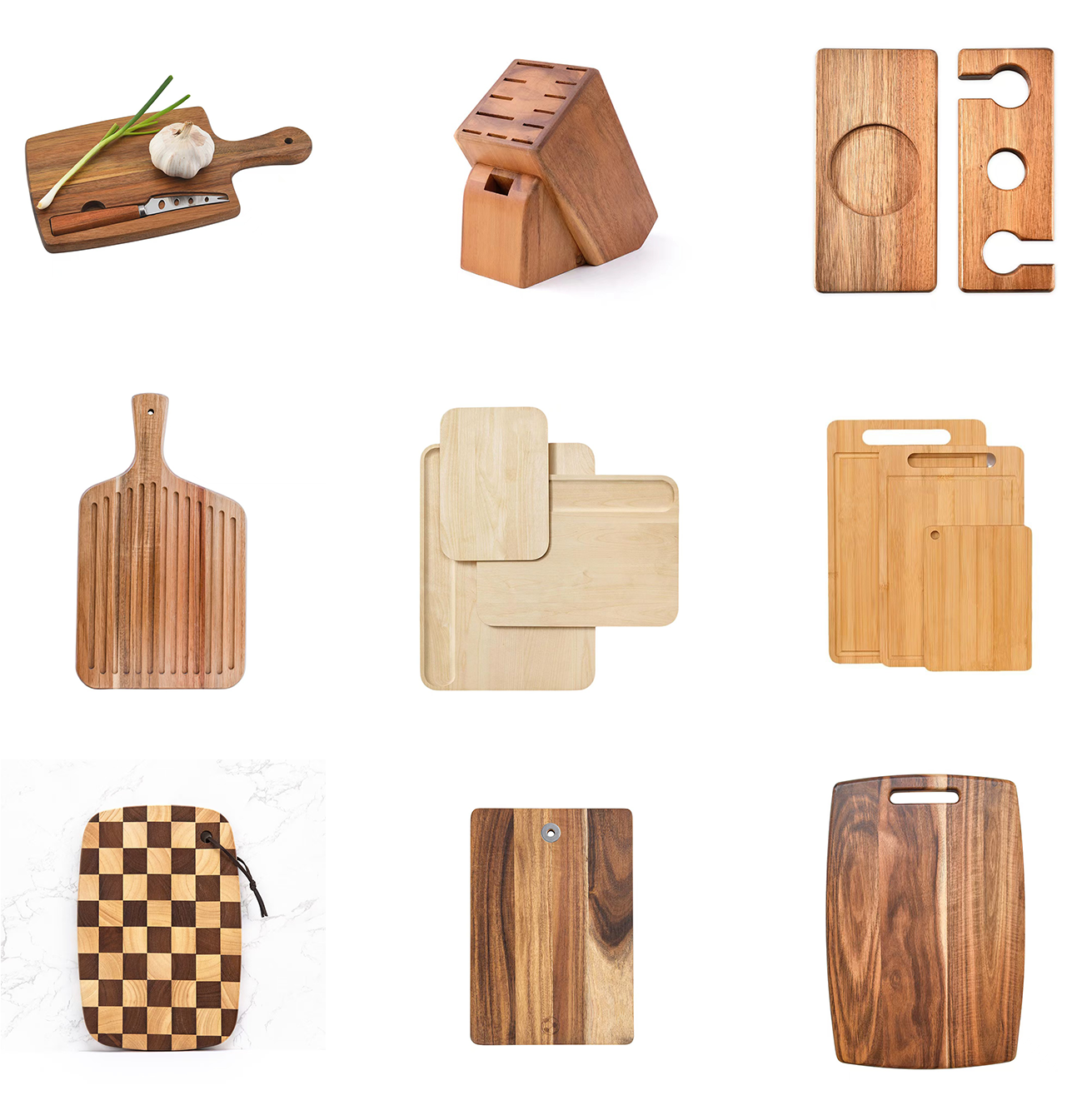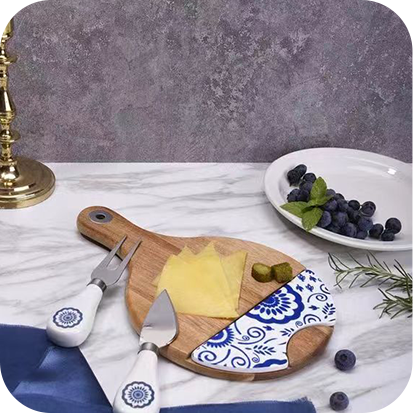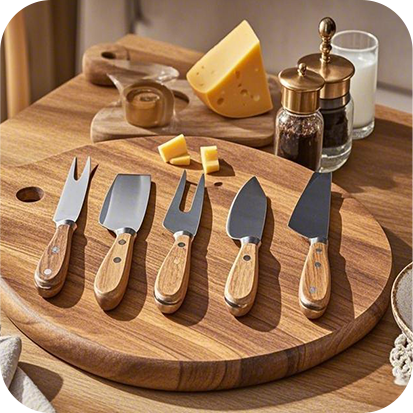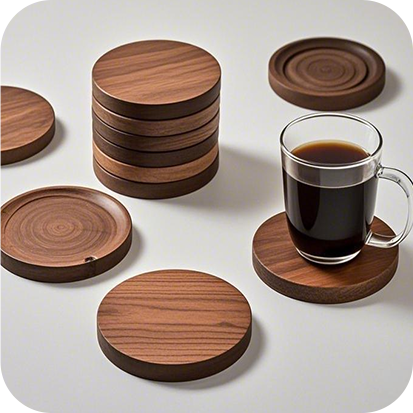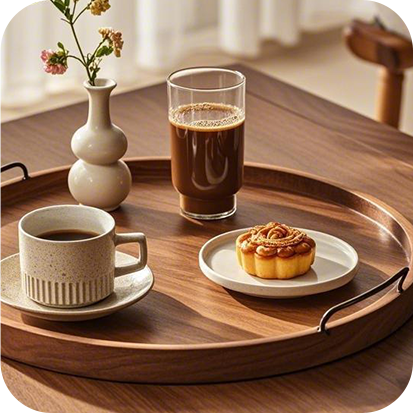What’s the difference between a cutting board and a chopping board?
People often use the terms "cutting board" and "chopping board" as if they mean exactly the same thing. Technically, they do refer to similar tools. Both are flat boards that you place on a surface to prepare food. Still, depending on where you’re from and how you use your kitchen tools, the two names can suggest slightly different things.
The word “cutting board” is more common in the United States and Canada. In the UK, Australia, and some other regions, people tend to say “chopping board” instead. This variation is more about language habits than function. Yet for professionals, each word might carry a specific idea based on the task at hand.
cutting boards are usually associated with lighter tasks. Think slicing fruits, chopping herbs, dicing vegetables, or cutting bread. They’re often thinner, lighter, and easier to store. These boards are popular for quick prep or serving tasks—especially the ones made of natural acacia wood or bamboo, which also look good when placed on the table.
On the other hand, a chopping board often suggests something more heavy-duty. Something that can take on butchering meat, dealing with bones, or chopping through dense vegetables like squash or pumpkin. These boards are typically thicker, heavier, and sometimes come with added grip or juice grooves. You’ll often find them in commercial kitchens where chefs need solid surfaces that don’t slide around.
The material plays a big part in how a board is used. Wooden boards are naturally antimicrobial, easy on knives, and long-lasting when properly cared for. Acacia, walnut, and teak are all solid choices. Plastic boards are dishwasher safe, cost-effective, and popular in restaurant kitchens where boards are color-coded to separate meats and veggies for hygiene.
Bamboo is lightweight and affordable, though it can be tough on knife edges. Marble or stone boards look beautiful but can dull your blades quickly, so they’re better used for serving than chopping.
Choosing between the two really comes down to how you cook. If you mainly slice veggies or bread, a standard cutting board will do the job just fine. If you need a solid surface for tougher work, then a chopping board with a thicker profile will serve you better.
Some people prefer to keep a few different boards on hand for different types of food. One for meat, one for vegetables, and one for serving or snacks. This not only helps with food safety but also protects your knives and extends the life of your boards.
Here’s a quick way to think about it:
We design both types of boards with function and aesthetics in mind. Whether you’re looking for a lightweight acacia board for serving cheese or a solid butcher-style block for serious prep work, we offer a variety of options to suit different kitchens and needs.
If you're unsure which type fits your product line best, feel free to reach out to our team. We’re happy to help you select the right materials, sizes, and styles based on your target market and usage. Contact us at info@justwoodencuttingboard.com and whatsapp: wa.me/8618312483616







